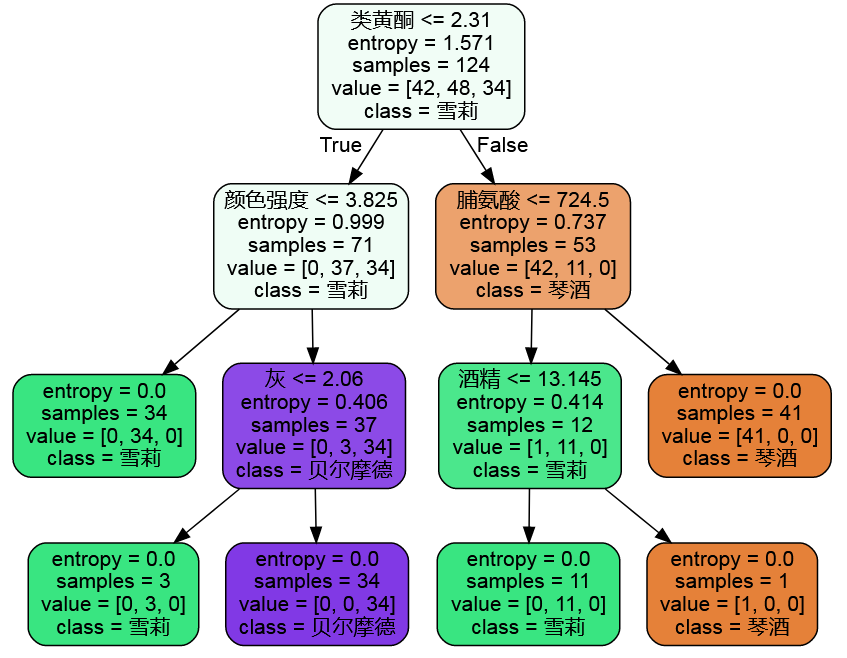

#Graphviz jupyter how to#
One thing we didn’t cover was how to use dtreeviz which is another library that can visualize decision trees. Graphviz is currently more flexible as you can always modify your dot files to make them more visually appealing like I did using the dot language or even just alter the orientation of your decision tree. Note that the way to visualize decision trees using Matplotlib is a newer method so it might change or be improved upon in the future. This tutorial covered how to visualize decision trees using Graphviz and Matplotlib. If you just want to see each of the 100 estimators for the random forest algorithm model fit in this tutorial without running the code, you can look at the video below.
#Graphviz jupyter code#
Keep in mind that if for some reason you want images for all your estimators (decision trees), you can do so using the code on my GitHub. # This may not the best way to view each estimator as it is smallfn=data.feature_namesįig, axes = plt.subplots(nrows = 1,ncols = 5,figsize = (10,2), dpi=3000)for index in range(0, 5):Īxes.set_title('Estimator: ' + str(index), fontsize = 11)fig.savefig('rf_5trees.png')Ĭreate Images for each of the Decision Trees (estimators)

In order to visualize individual decision trees, we need first need to fit a Bagged Trees or Random Forest® model using scikit-learn (the code below fits the random forest algorithm model).

Consequently after you fit a model, it would be nice to look at the individual decision trees that make up your model.įit a Random Forest® Model using Scikit-Learn How exactly Bagged Trees and the random forest algorithm models work is a subject for another blog, but what is important to note is that for each both models we grow N trees where N is the number of decision trees a user specifies.

In this case, many trees protect each other from their individual errors. This means using multiple learning algorithms to obtain a better predictive performance than could be obtained from any of the constituent learning algorithms alone. The image above could be a diagram for Bagged Trees or the random forest algorithm models which are ensemble methods. This is partially because of high variance, meaning that different splits in the training data can lead to very different trees. Image by Michael Galarnyk.Ī weakness of decision trees is that they don’t tend to have the best predictive accuracy. This section was of the tutorial was inspired from Will Koehrsen’s How to Visualize a Decision Tree from the random forest algorithm in Python using Scikit-Learn. There are a couple ways to do this including: installing python-graphviz though Anaconda, installing Graphviz through Homebrew (Mac), installing Graphviz executables from the official site (Windows), and using an online converter on the contents of your dot file to convert it into an image. The problem is that using Graphviz to convert the dot file into an image file (png, jpg, etc) can be difficult. A dot file is a Graphviz representation of a decision tree. The first part of this process involves creating a dot file. I should note that the reason why I am going over Graphviz after covering Matplotlib is that getting this to work can be difficult. In data science, one use of Graphviz is to visualize decision trees. Graph visualization is a way of representing structural information as diagrams of abstract graphs and networks. Graphviz is open source graph visualization software. Note that I edited the file to have text colors correspond to whether they are leaf/terminal nodes or decision nodes using a text editor.


 0 kommentar(er)
0 kommentar(er)
